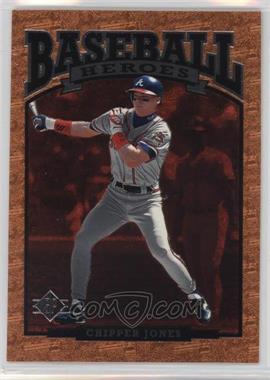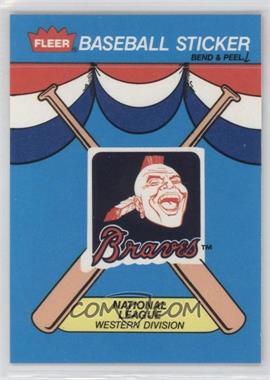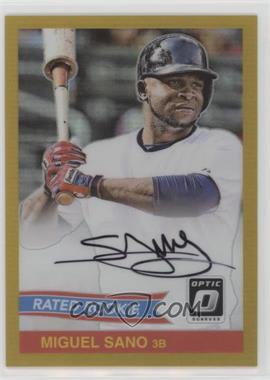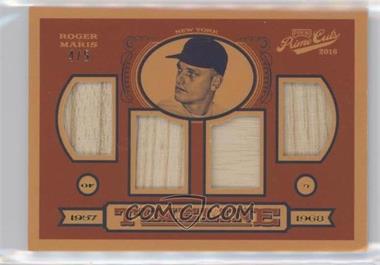Things happen.
For the past couple of weeks I've been working a new schedule, which is messing with my concept of a week. I'm really excited to be on this schedule for what seems to be a few months, because it'll open up some opportunities that I haven't really had yet. But I'm losing track of what day it is.
With this new schedule, I won't be able to go to the card show in a couple weeks. It's supposed to be a smaller show, but I was looking forward to finding some good stuff from dealers I never see. So instead, I've been poking around auctions again, picking up nicer things here and there.
One thing I've been exploring is Japanese Woman's Pro Wrestling. I started with the 2017 True Heart set, what must be a fairly comprehensive collection of active wrestlers. And from that, I've been branching out into a handful of autographs. This isn't my entire collection - I dive head-first into many things - but it's a glimpse of what I have so far.
Let's start with Moeka Haruhi. She's a model in addition to being a wrestler. I'm guessing that many of the "cuter" members are in wrestling more for the exposure than because they like wrestling. Or have at least used their cuteness to branch out into modeling or other fields.This woman's name is Glico. Well, "Guriko" with the kanji for kid as the ko. Glico is a snack brand here in Japan, so I'm sure the name is related.
See what I mean about "cute" girls? Kyuuri is a teenager (she turns 19 at the end of May) who dresses up like vegetables. According to her Japanese Wikipedia page, her costume is part cucumber and part celery.
Kuroneko means "black cat" in Japanese. That completely explains the costume, pose, and drawing of a paw print with her autographs.
I haven't just been focusing on wrestling. Actually, there are very few autographs in all that I'm chasing, but I've made some great strides in other areas of my Women-In-Sports collection.
I've picked up a couple baseball autographs lately. Minami Takatsuka is still playing in the JWBL as far as I can tell. I didn't check this year's rosters but she was active at the end of last year.
I've been debating whether to try to collect the autograph set from this year's Epoch JWBL set; it won't be easy, with nearly 80 cards. At 500 yen ($5) each, that's 40,000 yen ($400). And I won't be getting all of the autographs for that cheap. One particular card seems to regularly sell for $200, and a couple other superstars are pricey as well.
Oh, by the way, here's an American card. I haven't shown one of these since, what, this year's flagship Topps packs hit shelves? Dickie Joe Thon. What a unique name. He is the son of Dickie Thon, the former shortstop of the Astros and a few other teams around the 1980s. Dickie Joe played in Dunedin last year, which doesn't sound too promising for a player in his sixth professional year.
Okay, back to Japanese cards. This 1984 Calbee card (Kazuyuki Yamamoto, #695) has a nice Victory symbol, though the Tigers didn't have much success in 1983. They did go on to win the Japan Series in 1985, though. Expect to see this card again when I get back to Calbee set posts.
This 1988 card was an "oops" purchase. But that's okay because it's a good image of Masato Yoshii. I'll find a good place in my collection for it anyway!
My apartment is a mess right now (there's a lot going on!), so I might be taking a few days off from posting to get caught up on things. So, until then...
















![2009 Upper Deck 20th Anniversary Retrospective - [Base] #1 - Ken Griffey Jr. - Courtesy of COMC.com](https://img.comc.com/i/MultiSport/2009/Upper-Deck-20th-Anniversary-Retrospective---Base/1/Ken-Griffey-Jr.jpg?id=2e896556-179f-4652-b5e6-61d8ccd7b6bd&size=original)


![2001 Topps Heritage - [Base] #405 - Mike Piazza - Courtesy of COMC.com](https://img.comc.com/i/Baseball/2001/Topps-Heritage---Base/405/Mike-Piazza.jpg?id=a812ff38-760b-4fa7-91c0-875c097154bb&size=original)
![2012 Topps - [Base] #93.2 - Skip Schumaker (Rally Squirrel) - Courtesy of COMC.com](https://img.comc.com/i/Baseball/2012/Topps---Base/932/Skip-Schumaker-(Rally-Squirrel).jpg?id=70783adf-84c5-4c63-a2ad-fc668e96782b&size=original)
![1989 Fleer - [Base] #616.1 - Bill Ripken (FF on Bat Knob) - Courtesy of COMC.com](https://img.comc.com/i/Baseball/1989/Fleer---Base/6161/Bill-Ripken-(FF-on-Bat-Knob).jpg?id=fc838b41-e83f-4033-9cd8-0e0b1c390063&size=original)
![2002 Topps Total - [Base] #2 - Derek Jeter - Courtesy of COMC.com](https://img.comc.com/i/Baseball/2002/Topps-Total---Base/2/Derek-Jeter.jpg?id=cff9e3a5-cff3-4435-a872-4192d8167294&size=original)
![1992 Topps - [Base] - Gold #1 - Nolan Ryan - Courtesy of COMC.com](https://img.comc.com/i/Baseball/1992/Topps---Base---Gold/1/Nolan-Ryan.jpg?id=721c8078-f365-434c-9453-c3f0b14c94ae&size=original)


![2015 Panini Immaculate Collection - [Base] - Blue #142 - Rookie Autos Blue - Buck Farmer /49 - Courtesy of COMC.com](https://img.comc.com/i/Baseball/2015/Panini-Immaculate-Collection---Base---Blue/142/Rookie-Autos-Blue---Buck-Farmer.jpg?id=d9008682-a9e4-4865-924a-e6a2775fbe57&size=original)

![2014 Panini Golden Age - [Base] #SP-84 - Jacqueline Kennedy - Courtesy of COMC.com](https://img.comc.com/i/Baseball/2014/Panini-Golden-Age---Base/SP-84/Jacqueline-Kennedy.jpg?id=66d8108f-488c-4f39-80ef-85649ce8d937&size=original)











































